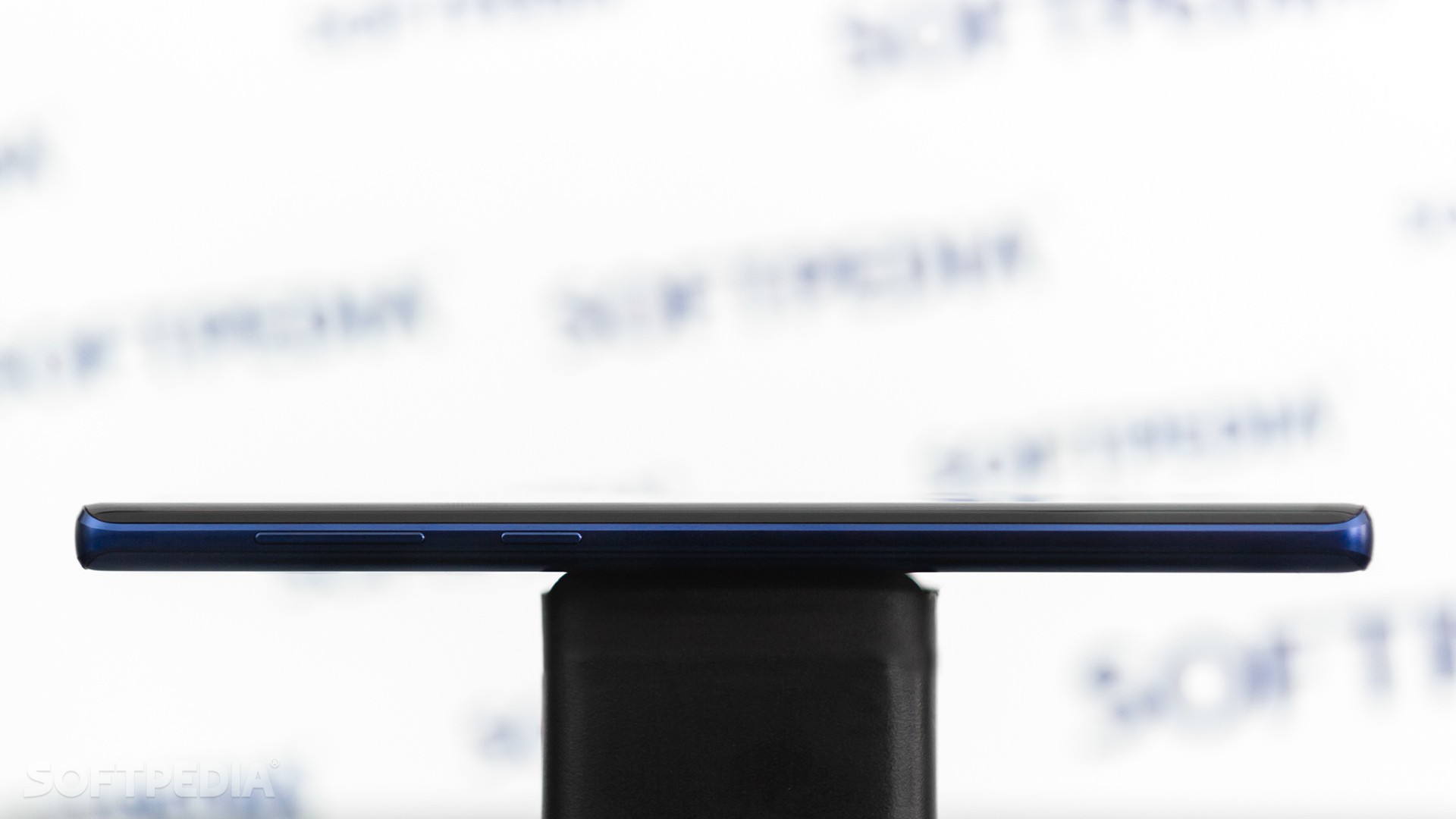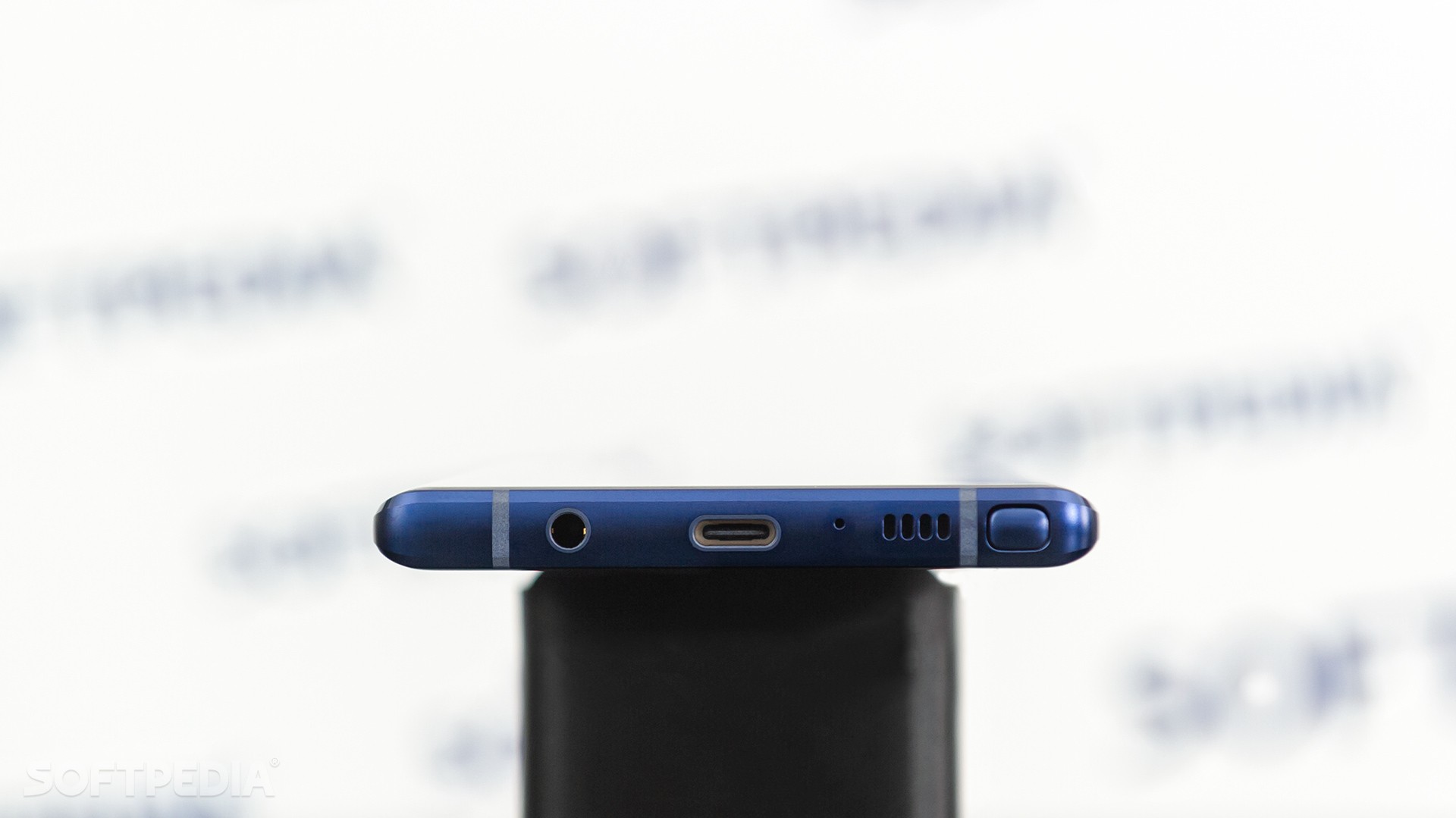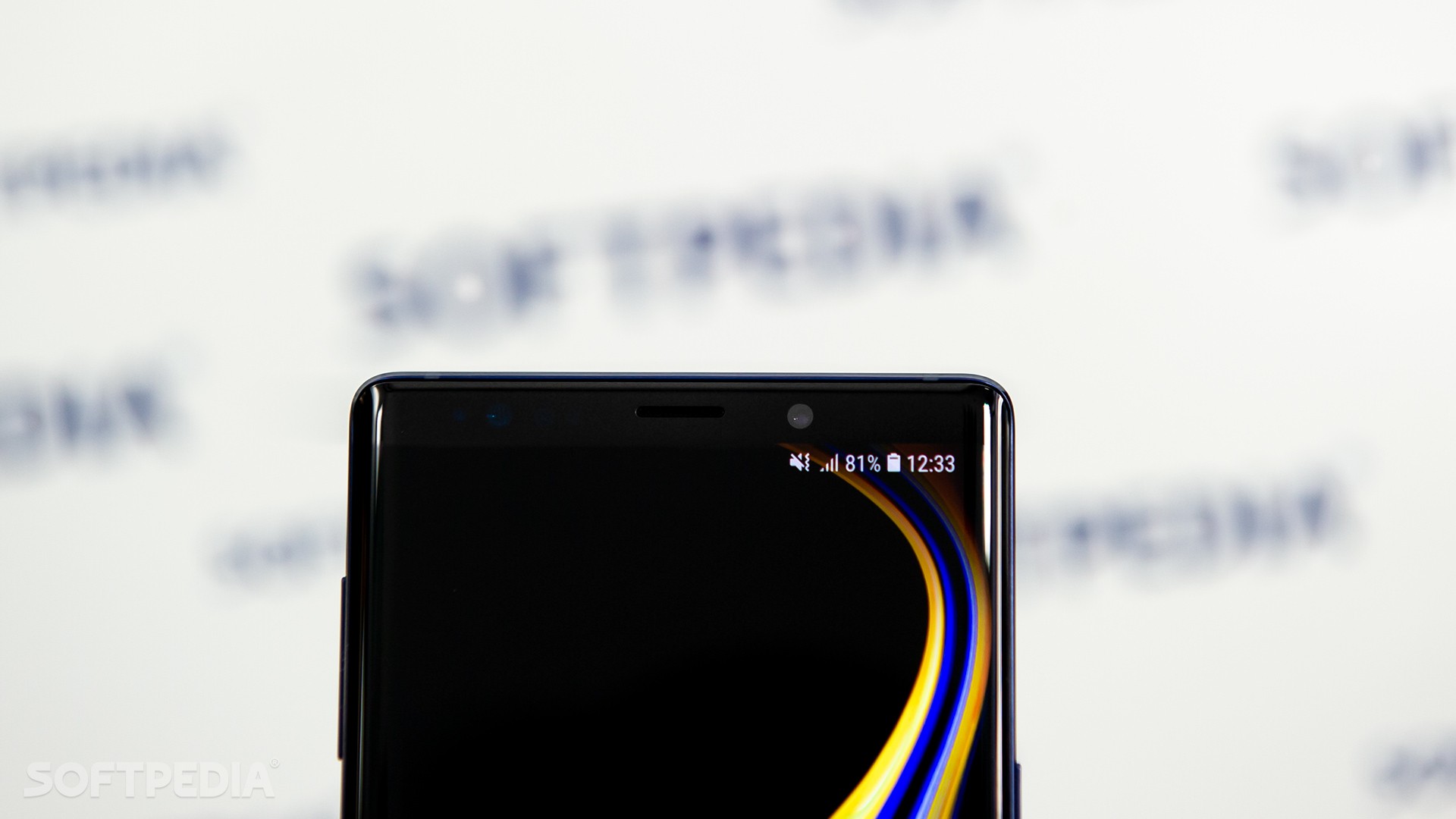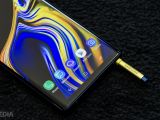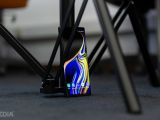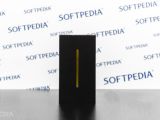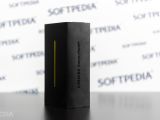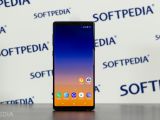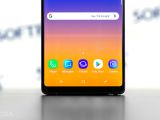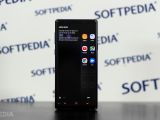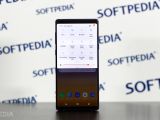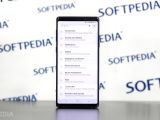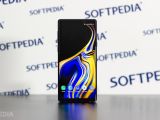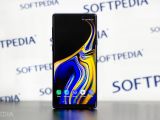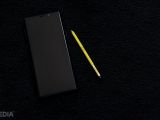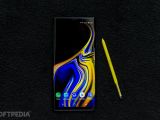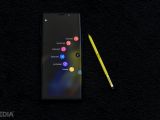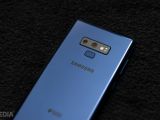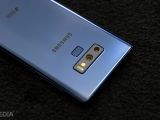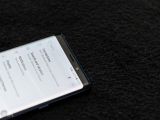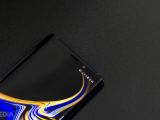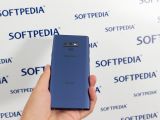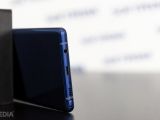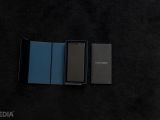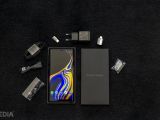As the world’s number one phone manufacturer, Samsung is always under pressure to push the innovation bar a step further with every new product release.
When it doesn’t, critics rush to predict the company’s collapse, but when it does, everyone is grateful that there’s someone who can actually deliver a worthy alternative to the iPhone.
This is exactly the role of flagship series Galaxy S and Galaxy Note, as both of them are supposed to launch with the best of the best Samsung has to offer with every new generation.
With sales of the Galaxy S9 believed to be more or less behind expectations, all eyes were on the new-generation Galaxy Note 9.
Leaks that surfaced earlier this year indicated the Note 9 would be nothing more than a product supposed to help Samsung buy more time until it comes up with the dramatically overhauled Galaxy S10, an anniversary model that would include all kinds of crazy and not-so-crazy things, like ultrasonic fingerprint sensors embedded into the screen.
At first glance, this does make sense. With Apple prepared to take the wraps off three different iPhones this September, Samsung needed a fresh product to remain relevant until early 2019. So when it comes to expectations from the Galaxy Note 9, it’s probably safe to say that the excitement wasn't really at an all-time high.
And yet, Samsung once again proved that leaks should be treated with a healthy dose of skepticism, especially when it comes to companies hungry for innovation.
The Note 9, which Samsung calls Note9 (no extra space), is a mix of the latest-generation hardware, already successful features, and improvements in key areas which, at least on paper, make a lot of sense on a device where pen input is essential. Is this a flawed mix or not? I’m here to find out the answer.
First and foremost, the design of the phone. While at first glance it may not be as eye-catchy as the iPhone X or the Huawei P20, for instance, the beauty is in the eye of the beholder. And it’s hidden deeper into every little detail.
For instance, small bezels wrap around the 6.4-inch Infinity Display as part of the edge-to-edge approach. Of course, there is no notch, and there won’t be any in the Samsung lineup, as the South Korean has made it clear that it’s not a big fan of this design choice.
There are tiny details here and there that prove Samsung has the know-how to build an exquisite model. In addition to the glass back with a repositioned camera and fingerprint sensor, the Note 9 features premium touches like dia-cut metal frame for an elegant sleek look.
Without holding it in hand, the Note 9 looks gigantic. And yet, it’s not, as it measures 161.9 x 76.4 x 8.8 mm (6.37 x 3.01 x 0.35 in) and is thus only a bit bigger than the iPhone 8 Plus - 158.4 x 78.1 x 7.5 mm (6.24 x 3.07 x 0.30 in). The two are nearly identical in terms of weight – 201 grams versus 202 grams.
Samsung has used Gorilla Glass 5 front and back, and this should help prevent scratches and physical damage when dropping it to the ground. Hopefully, this won’t happen because somehow the phone feels a little fragile. And the worse thing is that it’s also slippery, so I recommend using it with a case.
The Note 9 isn’t by any means a sexy smartphone, but I don’t think it was even supposed to. This phone is meant to get the job done, and as long as it serves its purpose right, nothing else matters.
Since it’s a flagship phone, it obviously comes with the best in terms of hardware. There are only small upgrades here and there versus the Galaxy S9+, but Samsung has tried to focus specifically on those areas that make the Note… a Note.
Power comes from the same choice of two processors, the Exynos 9810 in EMA and the Snapdragon 845 in the United States and China. The device can be ordered with either 6GB or 8GB RAM, depending on the available store, with the latter option offered exclusively with 512GB storage.
Cameras are technically identical and come in the following configuration: dual-lens 12-megapixel unit on the back and single-lens 8-megapixel on the front. The dual-camera setup offers a 2x optical zoom and a bunch of neat perks like the Dual Aperture, Super Slow-Mo, and Scene Optimizer.
Camera performance is generally top-notch, and there’s very little to complain about, though some I think some refinements are still needed to color saturation and white balance in various conditions.
This can be achieved with software updates, and given we’re still in the first month on the market of the Galaxy Note 9, improvements will definitely land at some point.
Samsung’s updated camera comes with a so-called Scene Optimizer, whose role can be easily guessed by simply reading its name. Using this feature, the camera can automatically make the necessary tuning so that all photos get a more professional touch.
Scene Optimizer is in charge of adjusting settings like saturation, white balance, brightness, contrast, and others, and I suspect that it’s also the one to blame for not always getting everything right. It can detect a series of scenes, including food, portraits, flowers, and animals, and when you’re taking a photo, you’re going to see a small icon whenever one of these is identified.



Called an “intelligent camera,” the configuration available on the Galaxy Note 9 does come with features that make it truly smart.
One of them is Flaw Detection, a new tool that makes it possible to take better pictures. Technically, what it does is to look for typical photo flaws like eyes blinking, image blue, lens smudge, and back light to tell you how you can improve your photo. If you occasionally see a message reading “someone may have blinked,” you know what you have to do.
The Dual Aperture system developed by Samsung continues to be impressive. Camera performance in low-light conditions is stunning, to say the least, and even though a steady hand is still necessary every now and then, there’s no doubt you’ll be impressed.
And of course, there’s also the Pro mode that lets you take photos like a professional photographer, and this is quite an exciting toy to play with if you’re interested in learning new things. I personally think that with features like this, the Note 9 not only that empowers people to take better photos, but it also helps beginners make the first step into the world of professional photography using a very user-friendly approach. Very important to note is that in Pro mode, the Note 9 does not allow you to enable HDR, and this is something that should be addressed with a software update.
UPDATE, September 12, 2018: The September 2018 update that's now rolling out the Galaxy Note 9 improves camera performance in a significant manner, with several of the problems we reported above now fixed.
For example, the Note 9 no longer appears to have issues when focusing, and white balance settings are correctly adjusted in auto mode. We've updated the gallery section with new photos shot after installing the update. Camera rating has also improved to reflect the changes.
One of the things I’d like to discuss in detail is the battery available on the Note 9. Naturally, a larger screen means reduced battery life per charge unless the parent company increases capacity and makes additional software optimizations for better management of active processes.
And by the looks of things, Samsung has managed to do all of these. Not only that the Note 9 comes with a 4,000 mAh battery pack, but the company has also invested in areas that allow the device to take full advantage of this larger unit.
For example, the cooling is much more efficient now. By quickly eliminating the heat, Note 9 can run each process more efficiently. Samsung says its so-called Water-Carbon Cooling system (wow, this sounds fancy!) can prevent overheating by as much as 21 percent versus the previous Note, so this is quite an achievement.
Charging performance hasn’t changed, though I’ve actually noticed some small differences. The Note 9 can recharge from 0 to 100 percent in no less than 1 hour and 45 minutes, which is without a doubt an impressive figure. Especially when looking at the iPhone 8 Plus, which goes well beyond 2 hours for each charge.
However, the Note 9 isn’t compatible with Quick Charge 3.0 just yet, instead supporting version 2.0 and WPC and PMA wireless charging.
And there’s no need to worry about overheating or anything like that, as Samsung now puts every battery to test as part of an 8-point battery safety check program to make sure that everything runs flawlessly.
A Note isn’t a Note without the S Pen. Samsung has a put a lot of effort into a major upgrade for the S Pen for this new generation, and to be honest, it truly meets the expectations.
First and foremost, the S Pen now features Bluetooth to work as a remote control from a maximum of 10 meters away from the phone. Why do you need a remote for your phone? This is the interesting part.
Starting with this generation, the Bluetooth-enabled S Pen becomes a remote control for the phone and can perform things like taking photos, accessing YouTube, opening the gallery, or changing slides during presentations.
You can’t imagine how handy this is and before trying the S Pen, I never thought that it would actually be nice to have a remote control for taking photos. Selfies are a lot easier to take now, while for presentations, it goes without saying that it’s a more convenient way to change slides.
There’s a lot of new-generation technology bundled into the S Pen. First and foremost, this little accessory features three essential parts, namely a so-called Supercapacitor to power it, an S Pen button, and a Bluetooth module and antenna. The battery recharges fully in less than 40 seconds (no typo here, it’s seconds, not minutes) and it does the whole thing when plugged into the phone.
Activating the pen works just like on the previous generations and all you have to do is pull it out from the phone. It supports up to 30 minutes standby and a maximum of 200 button clicks per charge, after which you have to plug it in for another 40 seconds for a full battery.
Accuracy is impressive, and the S Pen is the core of a new feature called Live Message. Technically, Live Message lets you make a drawing that you’ll then share with a contact. With Photo Drawing and Live Drawing, contacts can see how you actually created the message. AR Emoji integration is also offered.
The Note 9 is a monster by all means, and the hardware is here to prove it. CPU performance has improved by as much as 33 percent from the Note 8, while the GPU is 23 percent faster.
The top-of-the-range configuration can be ordered with 512GB storage, while the base model is now offered with 128GB. microSD card support continues to be available should you need more storage.
And in addition to all of the above, you also get a set of other goodies to improve the general experience. Stereo speakers tuned by AKG and featuring Dolby Atmos provide impressive audio, while the fingerprint scanning and the facial recognition system makes it super-convenient to keep your data protected.
Facial recognition isn’t yet at iPhone X-level, as Samsung isn’t using 3D sensing tech to power it, but on the Note 9, the company recommends using it together with iris scanning for increased accuracy.
Also, the device is IP68-rated, so it offers truly advanced water resistance, and comes with a Type-C connector, a headphone jack, active noise cancelation and NFC for a complete package.
Samsung Galaxy Note 9 has pretty much everything you’d ever want from a smartphone. Just think of a feature and there’s a good chance it’s there on the Note 9.
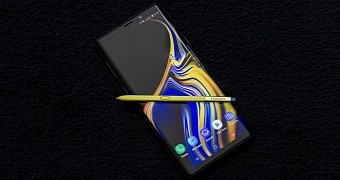
 14 DAY TRIAL //
14 DAY TRIAL // 
